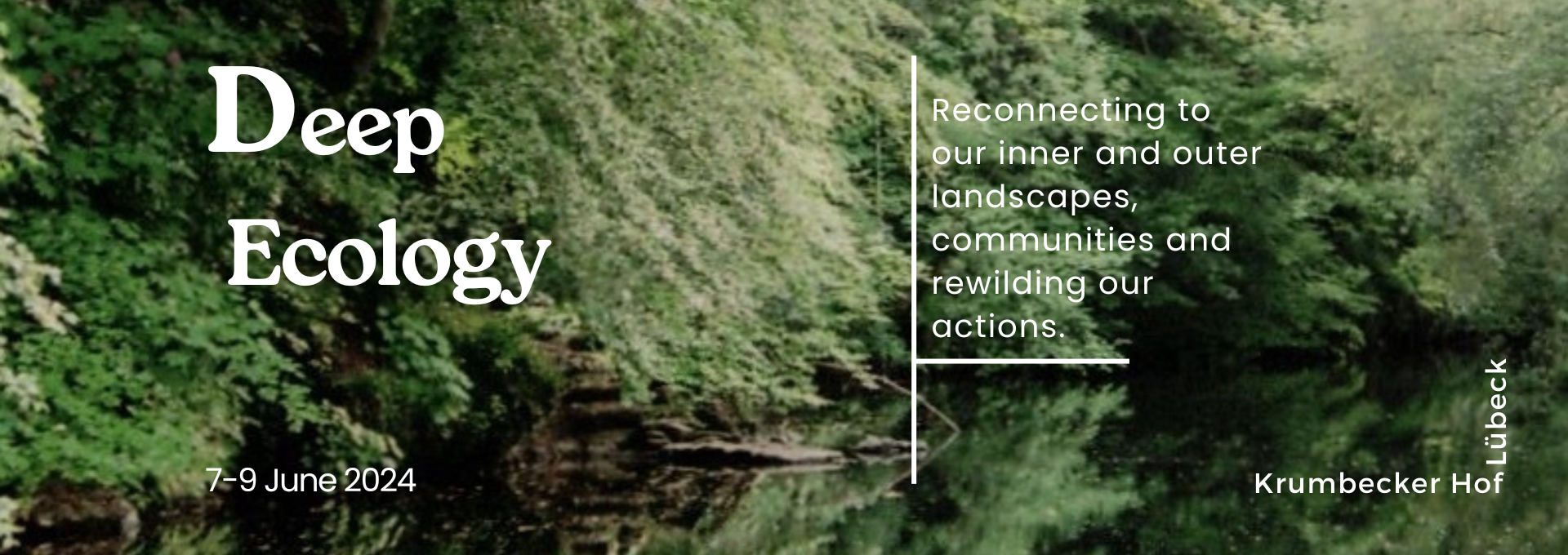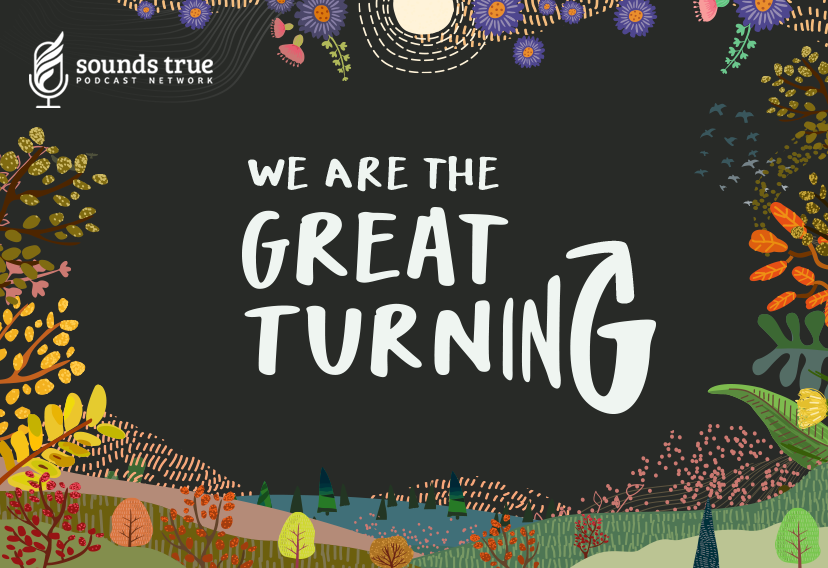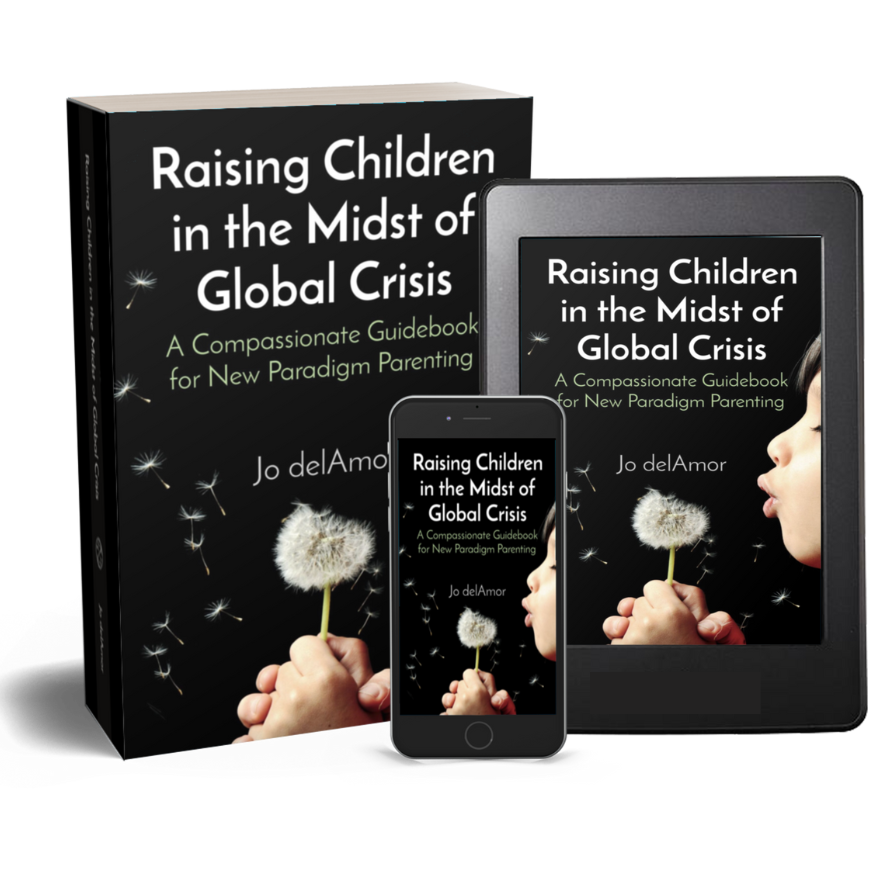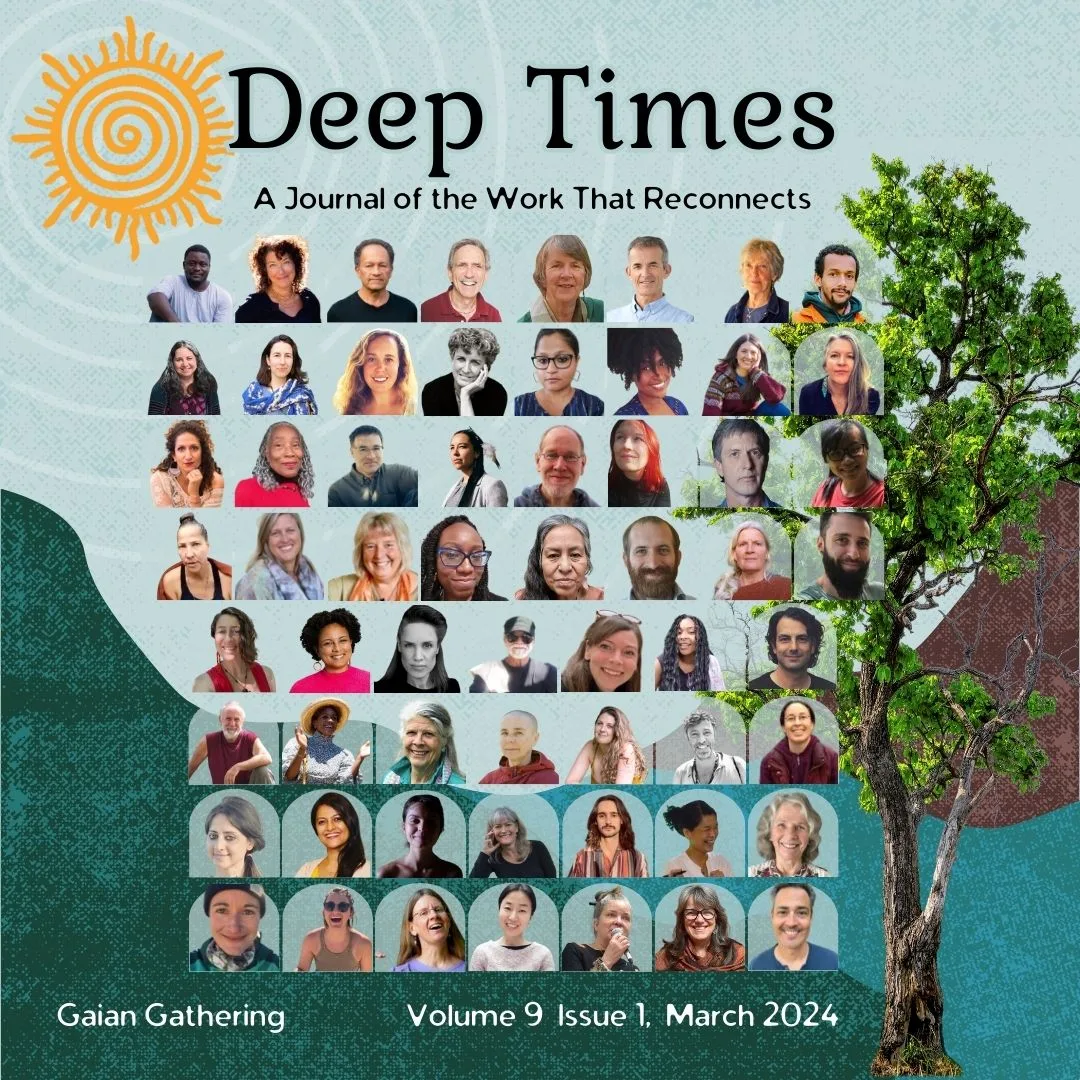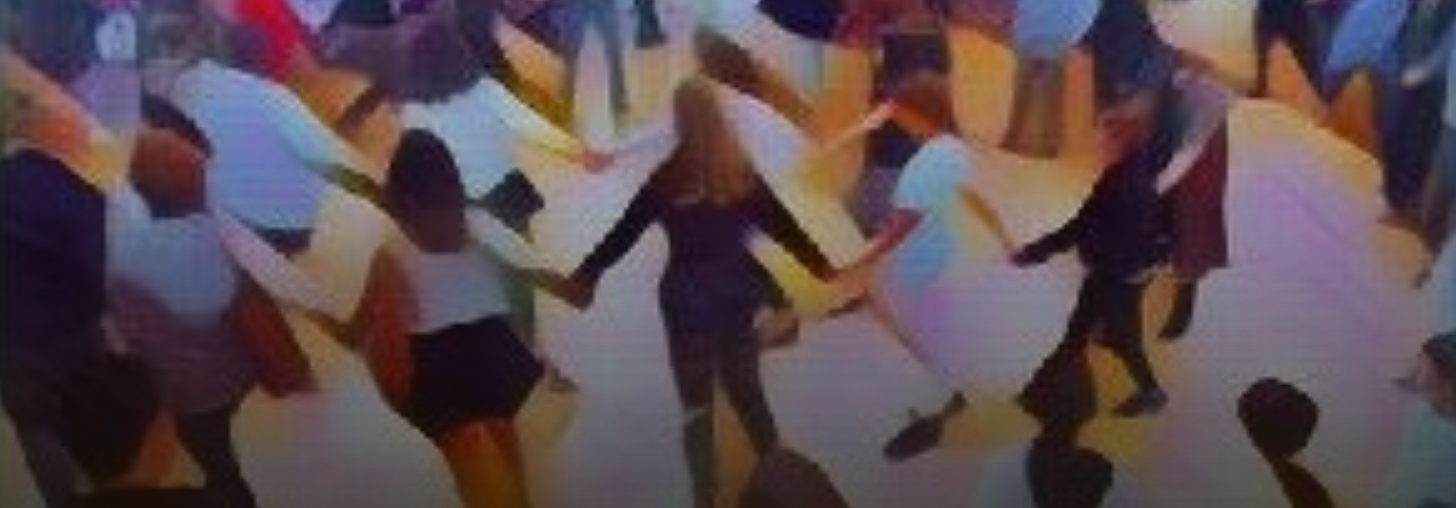- Practices
- Deep Time
- Emerging Facilitators
- Facilitators
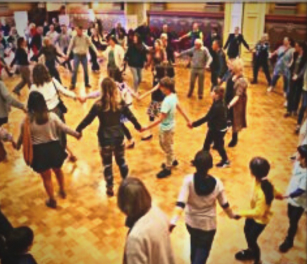
Field Work on the Great Turning
from chapter 9 of Coming Back to Life by Joanna Macy and Molly Brown; second edition, published 2014. Please acknowledge the source when you use any of these practices.
Time: 45 minutes, or longer for a large group
Here’s a practice to offer after a presentation of the Dimensions of the Great Turning. Combining group discussion and imaginative role-play, it lets us view this transition to a life-sustaining society from the perspective of a future generation. Don’t include it in the same workshop with the Wheel of the Great Turning.
Method
This practice assumes that participants are already familiar with the dimensions of the Great Turning:
- Holding Actions in Defense of Life
- Transforming the Foundations of our Common Life
- Shift in Perception and Values
- Nurturing Life
The process unfolds in two distinct parts. In Part One, participants count off by three (or four) and separate into four groups with newsprint, markers, and space to talk. Each group is devoted to a different dimension of the Great Turning, and for fifteen minutes they bring to mind all the elements of that dimension they are personally acquainted with, and list them on the newsprint.
Part Two begins when the guide calls the groups back together with the fruits of their work. Now a dramatic and surprising change occurs. Note: Make sure there’s no hint of the shift to future time before this point.
The guide has written on a flipchart or white board the particulars of time and place:
Evermore University (make up a name)
Fall Semester, 21__ (choose a date about a hundred years in the future)
Graduate Course: History of the Great Turning
The guide now plays the part of a professor greeting the students in the course as they come back together after several months of fieldwork. It becomes clear by the professor’s remarks that the students’ research sought to determine the causes behind the eventual success of humanity’s third revolution, colloquially known as the Great Turning. The professor acknowledges how challenging the fieldwork must have been, given that so many records were lost with the collapse of the Industrial Growth Society.
Each research group is represented by a couple of students who proceed to present and discuss the conclusions of their research. There is great enjoyment as they play the part of future students looking back at this remarkable chapter of human history. It is both light-hearted and deeply moving.
